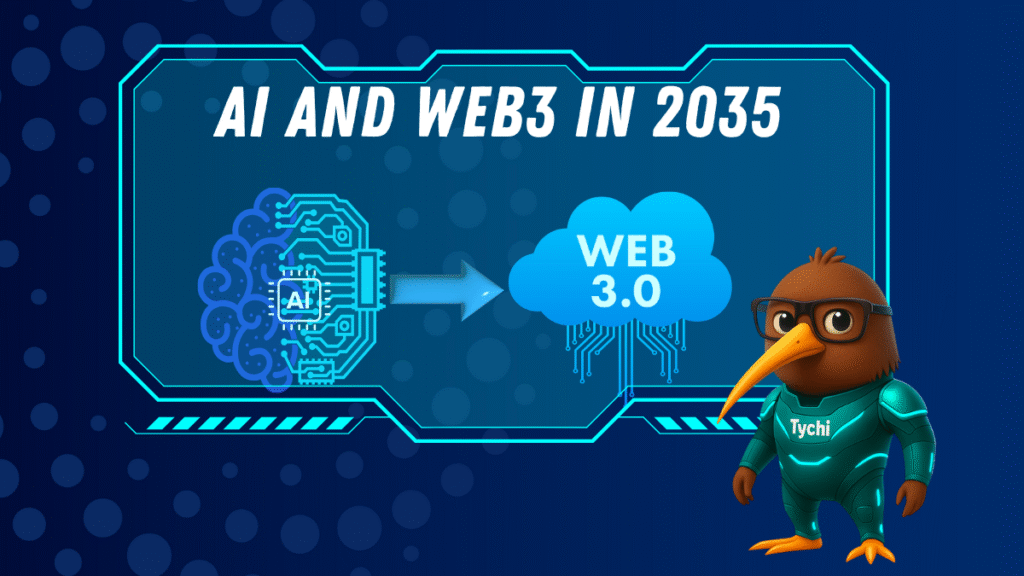
As blockchain technology redefines how we transact, communicate, and store value, two concepts sit at its core: private keys and public blockchains. Together, they ensure trustless systems, user sovereignty, and decentralized control, key principles powering the Web3 revolution
What Is a Public Blockchain?
A public blockchain is a permissionless, open network that allows anyone to participate as a user, miner, or developer. It’s decentralized, meaning no central authority governs the system. Popular public blockchains include Bitcoin, Ethereum, and Solana.
Transparency: Anyone can view transaction history.
Immutability: Once recorded, data cannot be altered.
Consensus mechanisms: Algorithms like Proof of Work (PoW) or Proof of Stake (PoS) are used to validate transactions without trust. In a public blockchain, all transactions are stored on a distributed ledger, where every participant (node) maintains a synchronized copy.
What Is a Private Key?
A private key is a long, randomly generated alphanumeric string used to sign transactions and prove ownership of a blockchain address. It forms a cryptographic key pair with a corresponding public key, which is shared openly on the network.
If you lose your private key, you lose access to your assets forever.
Private Key vs Public Key:
Private key: Secret, used to sign transactions.
Public key: Shared, used to verify transactions.
Digital Signature: A transaction signed by the private key can be mathematically verified using the public key, ensuring authenticity and non-repudiation. This system is known as asymmetric cryptography and forms the backbone of blockchain security.
How They Work Together in Public Blockchains
A user uses their private key to sign any transaction they initiate, such as sending crypto. This signature proves that the request comes from the rightful owner. The network validates this transaction by checking the public key against the signature, ensuring the data hasn’t been tampered with.
The transaction is then bundled into a block and confirmed via a consensus algorithm, after which it becomes permanently recorded on the chain.
Example:
- Alice uses her wallet (which stores her private key) to send 1 ETH to Bob.
- The wallet signs the transaction.
- Ethereum validators verify it using Alice’s public key.
Once confirmed, Bob receives the ETH
Why Private Key Security Is Crucial
Your wallet securely holds your private key, which is the only way to access and control your crypto assets—not on the blockchain. To protect your funds, it’s crucial to follow best practices. Never share your private key or seed phrase with anyone. For long-term storage, use hardware wallets (also known as cold wallets), which keep your keys offline and safe from online threats. Consider using multi-signature wallets or social recovery wallets like Tychi, which allow trusted contacts (guardians) to help you recover access if you lose your credentials. Additionally, always enable two-factor authentication (2FA) and store your backup keys in secure, offline locations to ensure maximum protection against loss or theft
The Future: Beyond Traditional Private Keys
Private key management is evolving. Projects like Tychi Wallet use social recovery to offer backup-free wallets, removing the stress of key loss. Instead of relying on a seed phrase, users can appoint trusted contacts (guardians) to help restore access.
Other emerging technologies include:
MPC wallets (Multi-party Computation)
Smart contract wallets using account abstraction
Decentralized Identity (DID) systems for keyless login and authentication
Conclusion
Understanding how private keys and public blockchains interact is essential to participating safely in the Web3 world. While blockchains provide the infrastructure, private keys are your personal keys to the vault. As wallet technology evolves toward more user-friendly and secure solutions, your control over digital assets grows stronger.
In Web3, your key is your identity—protect it wisely.
